After applying for a Mass Save rebate, it typically takes 4 to 6 weeks for the process to complete. First, your application is reviewed to ensure it meets all requirements. Then, it goes through a verification process.
Once verified, your rebate is processed for payment. Keep in mind that this timeline can vary based on factors like the volume of applications and any additional information needed. It’s important to follow up if you haven’t received your rebate within the expected timeframe.
What Is Mass Save?
Mass Save is a program in Massachusetts that helps residents and businesses save money and energy. It offers incentives, rebates and resources to make homes and workplaces more energy-efficient. Through Mass Save, you can get discounts on energy-efficient appliances, free energy assessments and advice on how to reduce energy usage.
The program aims to lower energy bills, improve comfort and protect the environment by promoting sustainable energy practices. It’s available to all residents and businesses in Massachusetts.
What are the Mass Save Rebates for 2024?
Mass Save is a program in Massachusetts that helps residents and businesses save money and energy. It offers incentives, rebates, and resources to make homes and workplaces more energy-efficient. Through Mass Save, you can get discounts on energy-efficient appliances, free energy assessments and advice on how to reduce energy usage.
The program aims to lower energy bills, improve comfort, and protect the environment by promoting sustainable energy practices. It’s available to all residents and businesses in Massachusetts.
How Mass Save Rebates Work?
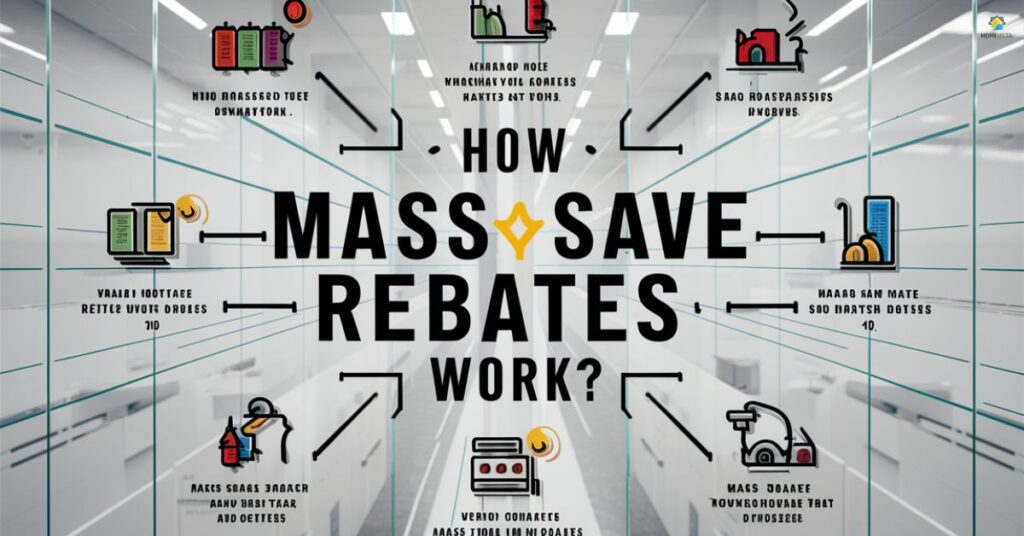
- Mass Save offers rebates to encourage energy efficiency.
- You purchase qualifying energy-efficient products or services.
- Submit your rebate application online or by mail.
- Include required documentation like receipts or invoices.
- Mass Save reviews your application for eligibility.
- If approved, you receive a rebate check or credit.
- Rebates help offset the cost of energy-saving upgrades.
- Eligible upgrades may include insulation, appliances, or heating systems.
- Rebate amounts vary depending on the product or service.
- Mass Save aims to make energy-saving upgrades more affordable for residents and businesses.
Read this blog: A Brief Overview Of Insulation Requirements In Florida
Completing your application if you live in a municipal electric town
If you live in a municipal electric town, follow these steps to complete your application:
- Check if your town participates in Mass Save programs.
- Gather necessary documents like utility bills and proof of residency.
- Complete the online application form with accurate information.
- Submit required documentation along with your application.
- Await confirmation from Mass Save about your eligibility.
- If eligible, proceed with energy-saving upgrades or services.
- Follow any additional instructions provided by Mass Save.
- Keep records of your application and any communications for reference.
- Enjoy the benefits of energy efficiency and potential rebates.
- Contact Mass Save for assistance or questions about your application.
Save more by powering your heat pump with solar energy
Powering your heat pump with solar energy can lead to significant savings and environmental benefits. By harnessing the power of the sun to generate electricity for your heat pump, you can reduce your reliance on traditional energy sources, such as fossil fuels. This not only helps lower your energy bills but also reduces your carbon footprint, contributing to a cleaner and more sustainable planet.
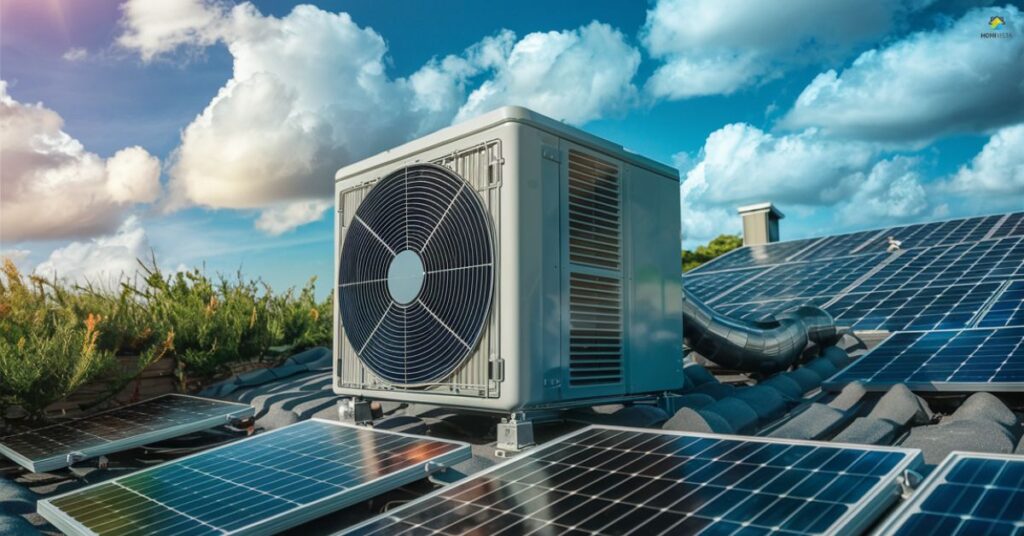
Combining a heat pump with solar energy can provide greater energy independence. You become less vulnerable to fluctuations in energy prices and supply shortages since solar power is renewable and abundant. With advancements in technology and incentives available for solar installations, now is an opportune time to explore this eco-friendly and cost-effective solution for heating your home or business.
Mass Save air-source heat pump rebate levels
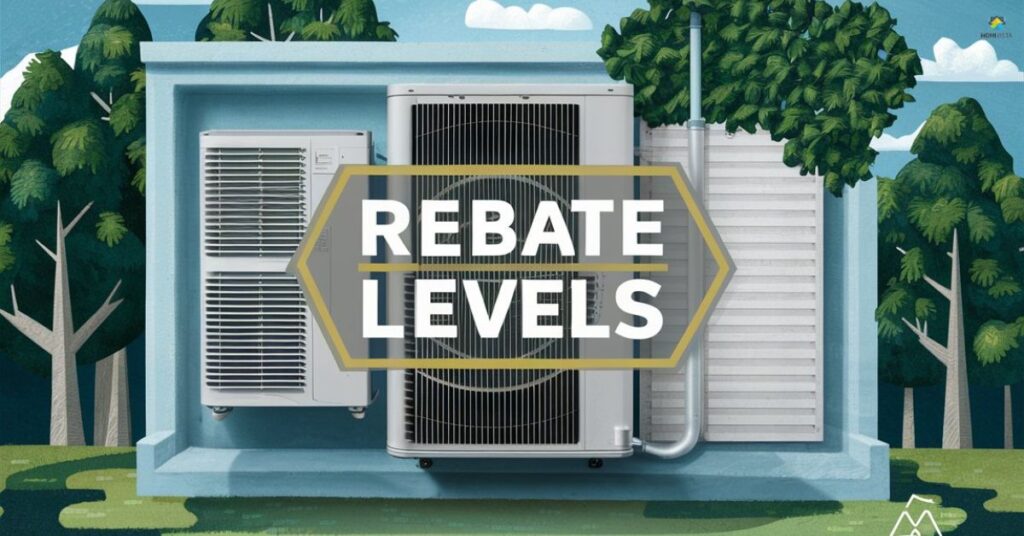
Mass Save offers varying rebate levels for air-source heat pumps based on their efficiency ratings. Higher efficiency models generally qualify for larger rebates. Rebate levels may also depend on factors like the size and capacity of the heat pump. The goal is to incentivize the adoption of energy-efficient heating and cooling solutions, making them more accessible and affordable for residents and businesses.
What heat pump rebates are available in Massachusetts?
In Massachusetts, various heat pump rebates are available through the Mass Save program. These rebates can help offset the cost of purchasing and installing air-source or ground-source heat pumps. The amount of the rebate depends on factors such as the type and efficiency of the heat pump you choose.
Whole-home rebate
A whole-home rebate typically refers to a rebate program offered by energy companies or government agencies that incentivizes homeowners to make energy-efficient upgrades throughout their entire home. This can include improvements like insulation upgrades, HVAC system replacements, window and door upgrades and other energy-saving measures.
The rebate amount is often based on the total energy savings achieved by these upgrades and can vary depending on the region and specific program guidelines. These rebates aim to encourage homeowners to invest in energy efficiency, reduce energy consumption and lower utility bills.
Partial-home rebate
A partial-home rebate is a type of rebate program that provides incentives for making energy-efficient upgrades to specific areas or systems within a home. Unlike whole-home rebates that cover a wide range of upgrades, partial-home rebates may focus on specific items such as insulation, heating and cooling systems, water heaters or windows and doors.
The amount is usually based on the energy savings achieved by the targeted upgrades. These programs are designed to encourage homeowners to make incremental improvements towards energy efficiency, ultimately leading to lower energy consumption and reduced utility costs.
Mass Save air-source heat pump rebate levels
The Mass Save program offers varying rebate levels for air-source heat pumps based on their efficiency ratings. Higher efficiency models typically qualify for larger rebates. Rebate amounts may also depend on factors like the size and capacity of the heat pump. This incentivizes the adoption of more energy-efficient heating and cooling solutions, making them more accessible and affordable for residents and businesses in Massachusetts.
Electrical System Installations
The processing time for a Mass Save rebate related to electrical system installations can vary. Typically, it takes around 4 to 6 weeks for the rebate process to complete after you submit your application. During this time, your application is reviewed to ensure it meets all the necessary requirements and any required documentation is verified.
Factors such as the volume of applications, the complexity of the installation, and any additional information needed can also impact the processing time. It’s important to follow up if you haven’t received your rebate within the expected timeframe or if you have any questions about the status of your application.
EV Charging Stations
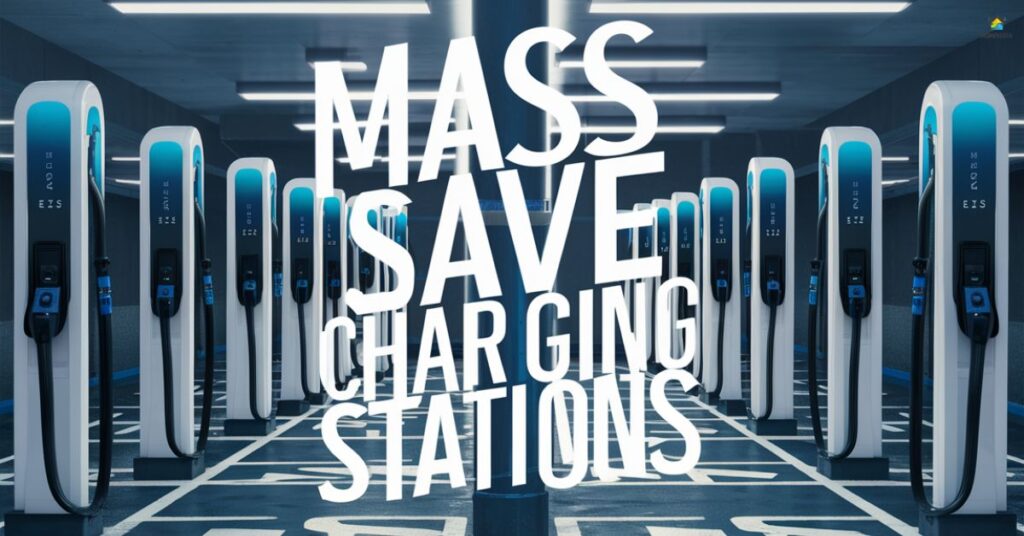
Electric Vehicle (EV) charging stations are infrastructure designed to recharge electric vehicles. These stations come in various types, including:
Level 1 Charging: Uses a standard household outlet (120 volts) and is the slowest charging option, typically providing about 4-5 miles of range per hour of charging.
Level 2 Charging: Requires a 240-volt outlet and offers faster charging speeds, providing about 20-25 miles of range per hour of charging. Many homes and public charging stations use Level 2 chargers.
DC Fast Charging (DCFC): Provides rapid charging, allowing EVs to charge up to 80% in 30 minutes. DCFC stations are commonly found along highways and at commercial locations.
EV owners can benefit from incentives and rebates offered by programs like Mass Save to install Level 2 charging stations at home or in commercial settings. These rebates help offset the cost of equipment and installation, making EV ownership more accessible and convenient.
Generator Systems
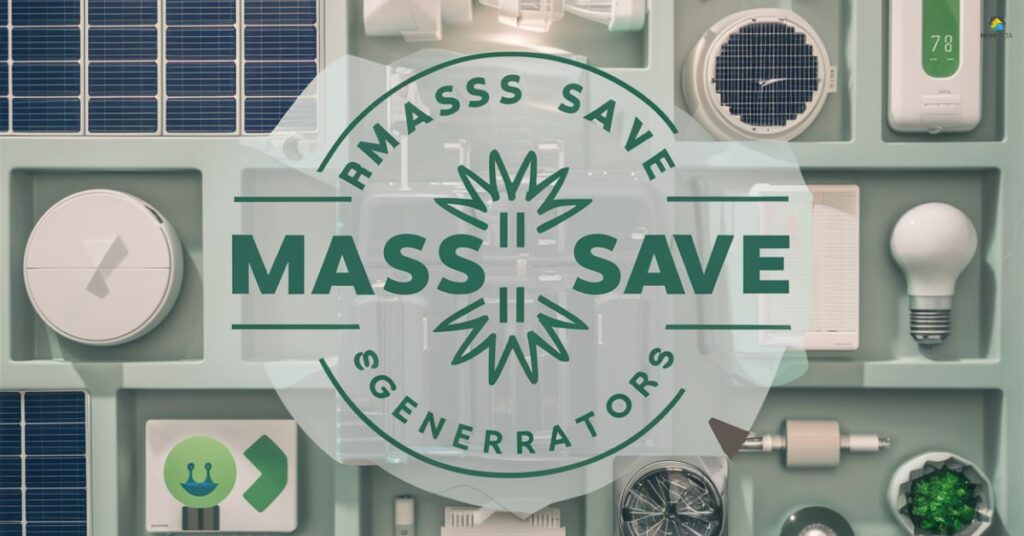
Generator systems are backup power solutions that provide electricity during outages or emergencies. They come in various types, including:
Portable Generators: These units are versatile and can be moved to different locations. They typically run on gasoline, propane, or diesel and are suitable for powering essential appliances and devices during short power interruptions.
Standby Generators: Installed permanently outside homes or businesses, standby generators automatically activate during a power outage. They are connected to the electrical system and can power entire buildings or selected circuits for an extended period, often running on natural gas or propane.
Inverter Generators: These generators are more fuel-efficient and produce cleaner power compared to traditional generators. They are portable and ideal for powering sensitive electronics like laptops and smartphones.
Efficient Lighting
Efficient lighting refers to lighting systems that consume less energy while providing adequate illumination. Here are some key points about efficient lighting:
LED Lighting: LED (Light Emitting Diode) bulbs are highly efficient and use up to 80% less energy than traditional incandescent bulbs. They also have a longer lifespan, reducing the need for frequent replacements.
Compact Fluorescent Lamps (CFLs): CFL bulbs are another energy-efficient option, using about 75% less energy than incandescent bulbs and lasting longer.
Smart Lighting Controls: Installing dimmer switches, motion sensors and timers can further enhance energy savings by controlling when and how lights are used.
Natural Lighting: Maximizing natural light through windows, skylights and reflective surfaces reduces the need for artificial lighting during daylight hours.
Efficient lighting not only lowers electricity bills but also reduces environmental impact by decreasing energy consumption and greenhouse gas emissions. Many energy efficiency programs, such as Mass Save, offer incentives and rebates for upgrading to efficient lighting technologies.
Energy Monitors
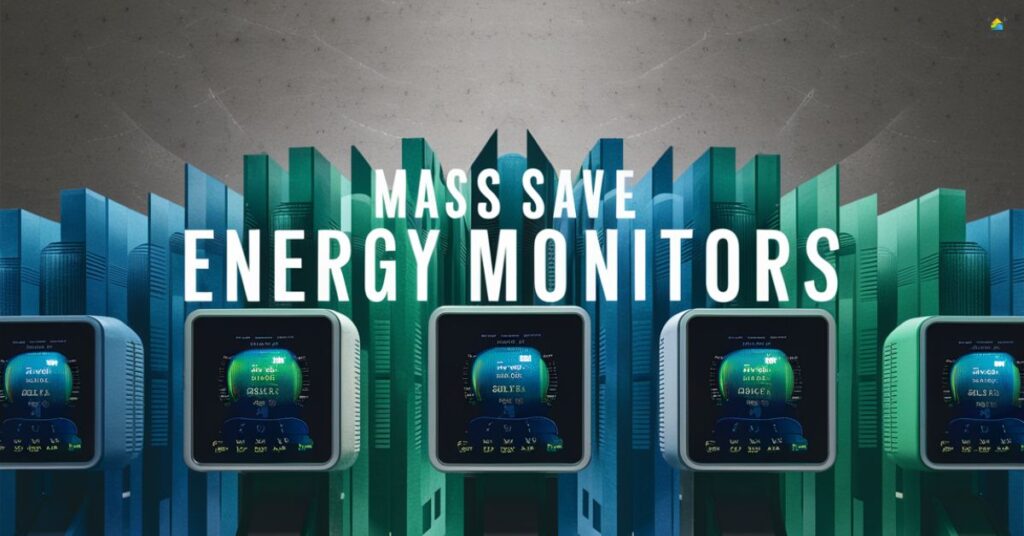
Energy monitors are devices that track and display electricity usage in real-time. Here are key points about energy monitors:
Functionality: Energy monitors connect to a home’s electrical panel or individual appliances to monitor power consumption. They provide data on energy usage patterns, helping users identify areas where energy can be saved.
Types: There are different types of energy monitors, including whole-home monitors that track overall energy usage and individual appliance monitors that focus on specific devices like refrigerators or HVAC systems.
Benefits: Energy monitors promote energy conservation by raising awareness of usage habits. They allow users to make informed decisions about energy-efficient practices and identify potential energy-wasting areas for improvement.
Integration: Some energy monitors can be integrated with smart home systems, allowing for remote monitoring and control via mobile apps or web interfaces.
Thermostat Incentives
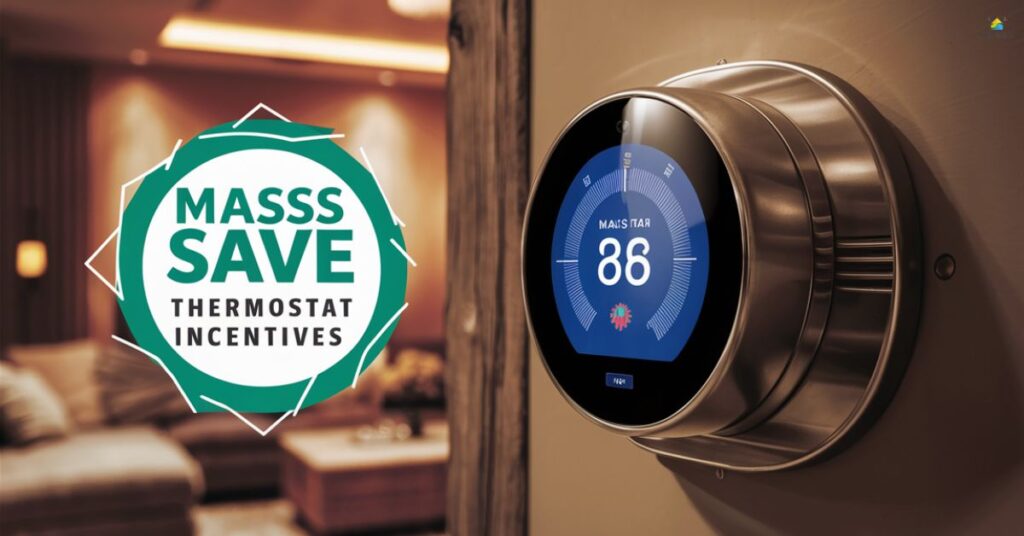
Mass Save offers incentives and rebates for upgrading to energy-efficient thermostats. Here are key points about thermostat incentives:
Smart Thermostats: Mass Save provides incentives for installing smart thermostats, such as Nest, ecobee, and Honeywell models. These thermostats offer advanced features like remote temperature control, scheduling, and energy usage tracking.
Rebate Amount: The rebate amount for smart thermostats can vary but typically ranges from $50 to $100 per thermostat, depending on the model and energy efficiency.
Energy Savings: Smart thermostats help optimize heating and cooling schedules, leading to energy savings and lower utility bills. They can learn your preferences and adjust temperatures automatically for efficiency.
Program Eligibility: To qualify for thermostat incentives, homeowners and businesses must meet specific program requirements, such as purchasing eligible models and completing the installation according to program guidelines.
Getting a HEAT Loan from Mass Save
Getting a HEAT Loan from Mass Save involves several steps:
Eligibility Check: Ensure you meet the eligibility criteria, which may include being a Massachusetts resident, owning the property where the energy upgrades will take place and having a good credit score.
Energy Assessment: Schedule a home energy assessment through Mass Save to identify eligible energy-saving upgrades like insulation, heating systems, windows and more.
Select Contractors: Choose Mass Save-approved contractors to perform the recommended upgrades. Contractors can help with the loan application process.
Loan Application: Complete the HEAT Loan application, which includes details about the upgrades, contractor information, and loan amount requested.
Loan Approval: Mass Save reviews the application and, if approved, provides a loan offer with details such as loan amount, interest rate and repayment terms.
Loan Disbursement: Upon acceptance of the loan offer, the funds are disbursed directly to the contractor(s) to cover the cost of the energy upgrades.
Repayment: Repay the loan through monthly payments on your utility bill. The loan term and interest rate vary based on the loan amount and repayment term chosen.
Use Energy Assessments to Upgrade Your Home Heating and Cooling System
Energy assessments are a valuable tool for upgrading your home heating and cooling system efficiently. Here’s how they can help:
Identifying Needs: An energy assessment evaluates your home’s energy usage, insulation levels, air leaks, and existing HVAC system efficiency. This information helps identify areas for improvement and determines the most effective upgrades.
Efficiency Recommendations: Based on the assessment findings, energy experts recommend upgrades such as installing a high-efficiency heating and cooling system, upgrading insulation, sealing air leaks, or adding smart thermostats.
Cost Savings: Upgrading to energy-efficient heating and cooling systems can significantly reduce energy bills over time. Energy assessments help prioritize upgrades that provide the most cost-effective energy savings.
Incentives and Rebates: Many utility companies and energy efficiency programs, like Mass Save, offer incentives and rebates for energy-saving upgrades recommended during an energy assessment. These incentives help offset the cost of upgrades.
Improved Comfort: Upgrading your heating and cooling system can improve indoor comfort by providing consistent temperatures and better humidity control, especially during extreme weather conditions.
What about Alternative Energy Credits (AECs)?
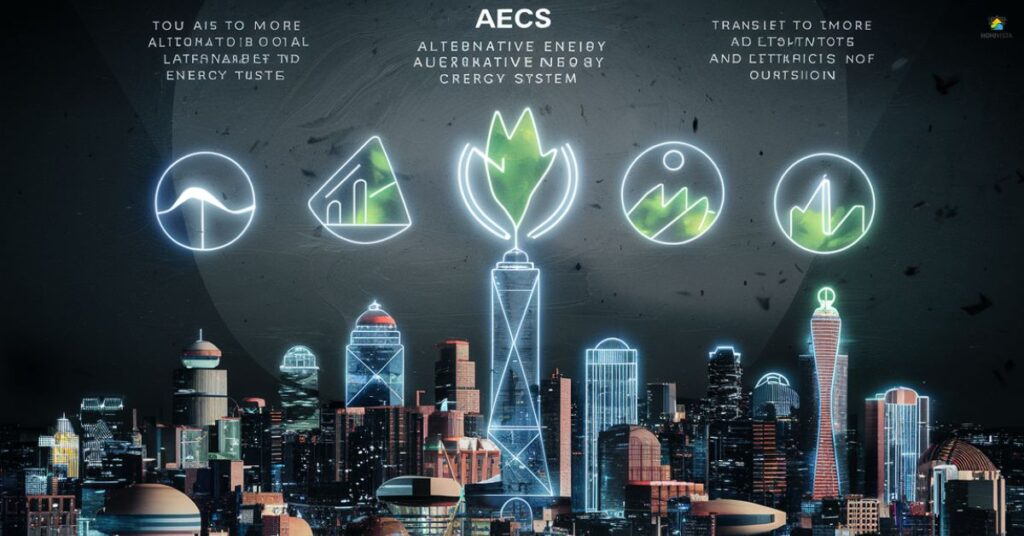
Alternative Energy Credits (AECs) are financial incentives offered by various energy efficiency programs, including Mass Save, to encourage the adoption of renewable energy technologies. Here’s how AECs work within the Mass Save program:
Renewable Energy Production: AECs are earned by homeowners or businesses that generate electricity using renewable energy sources such as solar panels, wind turbines or geothermal systems. These systems must meet specific criteria to qualify for AECs.
Credit Generation: When renewable energy systems produce electricity, they generate AECs based on the amount of clean energy generated. The AECs represent the environmental benefits of producing renewable energy and can be traded or sold on the market.
Monetary Value: AECs have a monetary value determined by market demand and state regulations. Homeowners or businesses can benefit financially by selling AECs to utilities or other entities required to meet renewable energy targets.
Incentive for Renewable Energy: AECs serve as an additional incentive for investing in renewable energy systems, as they provide a revenue stream beyond energy savings. Mass Save supports the generation of AECs as part of its commitment to promoting renewable energy adoption and sustainability.
Environmental Impact: By encouraging the production of renewable energy through AECs, Mass Save and similar programs contribute to reducing greenhouse gas emissions, improving air quality and mitigating climate change impacts.
Overall, AECs play a crucial role in incentivizing renewable energy production and advancing energy efficiency goals, aligning with Mass Save’s mission of promoting a cleaner, more sustainable energy future.
Factors Affecting Rebate Processing Time
Several factors can influence the processing time for rebates. These factors can vary depending on the program and organization offering the rebate. Here are some common factors affecting rebate processing time:
Volume of Applications: The number of rebate applications received can impact processing time. A high volume of applications may result in longer processing times as staff work through the backlog.
Completeness of Applications: Incomplete or inaccurate applications require additional time for review and may be delayed until all necessary information is provided.
Verification Process: Rebate programs often require verification of eligibility, such as proof of purchase or installation. Verification can involve contacting vendors or conducting site visits, adding to processing time.
Program Requirements: Rebate programs may have specific requirements or conditions that must be met before processing can begin. Meeting these requirements promptly can expedite processing.
Payment Method: The method of payment for rebates, such as checks or electronic transfers, can affect processing time. Electronic payments may be faster than traditional mail-based methods.
Seasonal Demand: Rebate processing times may vary based on seasonal demand. For example, programs offering rebates for heating or cooling systems may experience higher demand during peak seasons, leading to longer processing times.
Staffing Levels: The availability of staff to process rebate applications can impact processing time. Adequate staffing levels and efficient workflows can help expedite processing.
Also Read: Nell’s Cafeteria: A Nostalgic Trip Down Memory Lane – Trash Rite
A step-by-step guide to claiming Mass Save’s heat pump rebate
Here’s a step-by-step guide to claiming Mass Save’s heat pump rebate:
Get a Home Energy Assessment: Schedule a home energy assessment through Mass Save to evaluate your home’s energy efficiency and identify potential areas for improvement.
Make Weatherization Upgrades: Address any recommended weatherization upgrades, such as insulation or air sealing, to improve the overall efficiency of your home.
Find a Heat Pump Contractor: Locate a certified heat pump contractor near you who can install the heat pump system and ensure it meets Mass Save’s requirements.
Confirm Eligibility: Verify that the heat pump equipment you plan to install is eligible for Mass Save rebates. Check the Mass Save website or consult with your contractor for eligible models.
Install Heat Pumps: Have your chosen contractor install the heat pump system according to manufacturer specifications and Mass Save guidelines.
Complete Online Rebate Form: After installation, complete the online rebate form on the Mass Save website. Provide all required information, including proof of purchase and installation details.
Wait for Rebate: Once your rebate form is submitted and approved, wait for Mass Save to process your rebate. Rebate processing times can vary but typically take several weeks to complete.
Tips for Expedited Rebate Processing
Here are some tips to help expedite rebate processing:
Complete Applications Accurately: Ensure all required fields on the rebate application are filled out accurately and completely. Include all necessary documentation, such as receipts, invoices and proof of purchase or installation.
Double-Check Eligibility: Confirm that the products or services for which you’re seeking a rebate are eligible according to the program’s guidelines. This can prevent delays due to ineligible submissions.
Submit Applications Electronically: Whenever possible, submit rebate applications electronically through the program’s online portal or email. Electronic submissions are often processed faster than paper-based submissions.
Follow Up Promptly: If you haven’t received confirmation of your rebate application within the expected timeframe, follow up with the program or rebate processing center promptly. This can help resolve any issues or delays in processing.
Keep Records: Maintain copies of all documents related to your rebate application, including the application form, receipts, and correspondence with the program. This makes it easier to provide additional information if needed and track the status of your rebate.
Stay Informed: Stay informed about the program’s processing times, requirements, and any updates or changes to the rebate process. Check the program’s website or contact their customer service for the latest information.
Frequently asked questions
How do I qualify for Mass Save rebates?
Eligibility for Mass Save rebates varies depending on the specific program or incentive. Generally, residents and businesses in Massachusetts are eligible for various energy-saving rebates and incentives.
What types of upgrades are eligible for Mass Save rebates?
Eligible upgrades include energy-efficient heating and cooling systems, insulation, water heaters, appliances and smart thermostats, among others. Specific eligibility criteria may apply.
How long does it take to receive a Mass Save rebate?
Rebate processing times can vary but typically take 4 to 6 weeks after submitting a complete application with all required documentation.
Can I combine Mass Save rebates with other incentives or programs?
Yes, in many cases, Mass Save rebates can be combined with other incentives, such as federal tax credits or utility company incentives, to maximize savings on energy-efficient upgrades.
How do I find a Mass Save-approved contractor?
You can search for Mass Save-approved contractors on the Mass Save website or contact Mass Save customer service for assistance in finding a qualified contractor for your energy upgrades.
Are there income-based programs or incentives available through Mass Save?
Yes, Mass Save offers income-based programs and incentives for eligible low-income residents to access energy-saving upgrades and services at reduced or no cost.
How can I learn more about energy efficiency and savings through Mass Save?
You can visit the Mass Save website, attend energy-saving workshops or webinars, or contact Mass Save customer service for personalized assistance and information on energy efficiency programs and resources.
Conclusion
The Mass Save program in Massachusetts offers a wide range of incentives and rebates to help residents and businesses save energy and reduce utility costs. This includes rebates for energy-efficient appliances, heating and cooling systems, insulation upgrades, and smart thermostats. By taking advantage of these incentives, individuals can lower their energy bills, improve home comfort, and contribute to a more sustainable environment. It’s important to check the specific eligibility criteria and requirements for each rebate to ensure a smooth application process and maximize savings.
The application process for Mass Save rebates typically involves submitting a complete application form along with supporting documentation, such as receipts or proof of purchase. Once the application is submitted, it undergoes review and verification by the Mass Save program to confirm eligibility and compliance with program guidelines. After approval, the rebate is processed, and applicants can expect to receive their rebate check or credit within a few weeks. Keeping track of application status and following up if there are any delays can help ensure a timely rebate process.

Meet Harry, our seasoned home decor specialist with three years of hands-on experience. His passion lies in crafting inviting spaces that reflect your style. From cozy corners to vibrant living rooms. Harry’s keen eye for design ensures every detail enhances the overall aesthetic. Trust him to turn your home into a personalized haven, blending functionality with flair.







